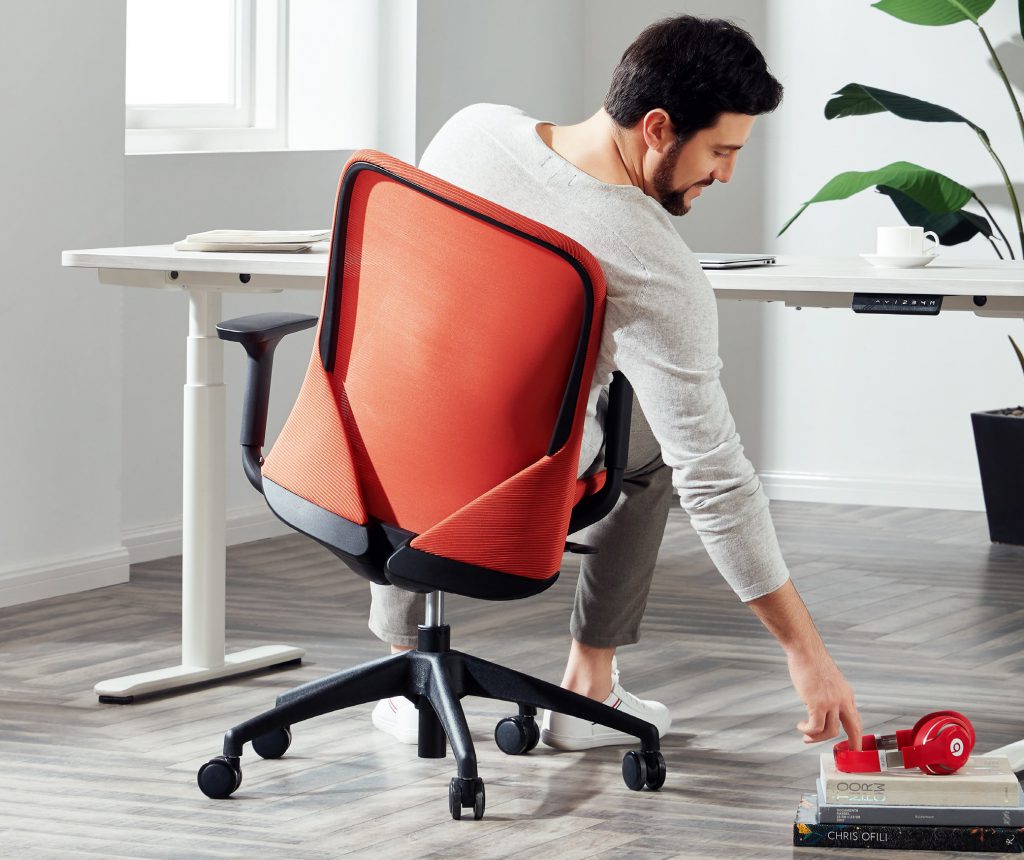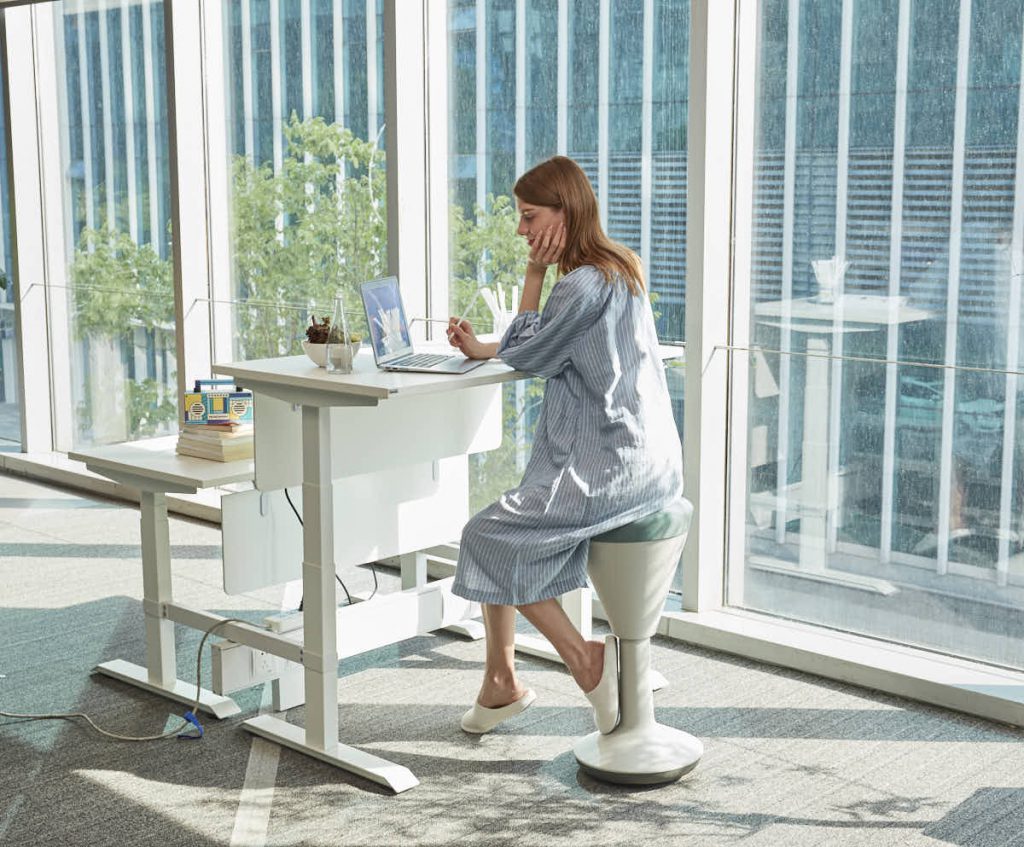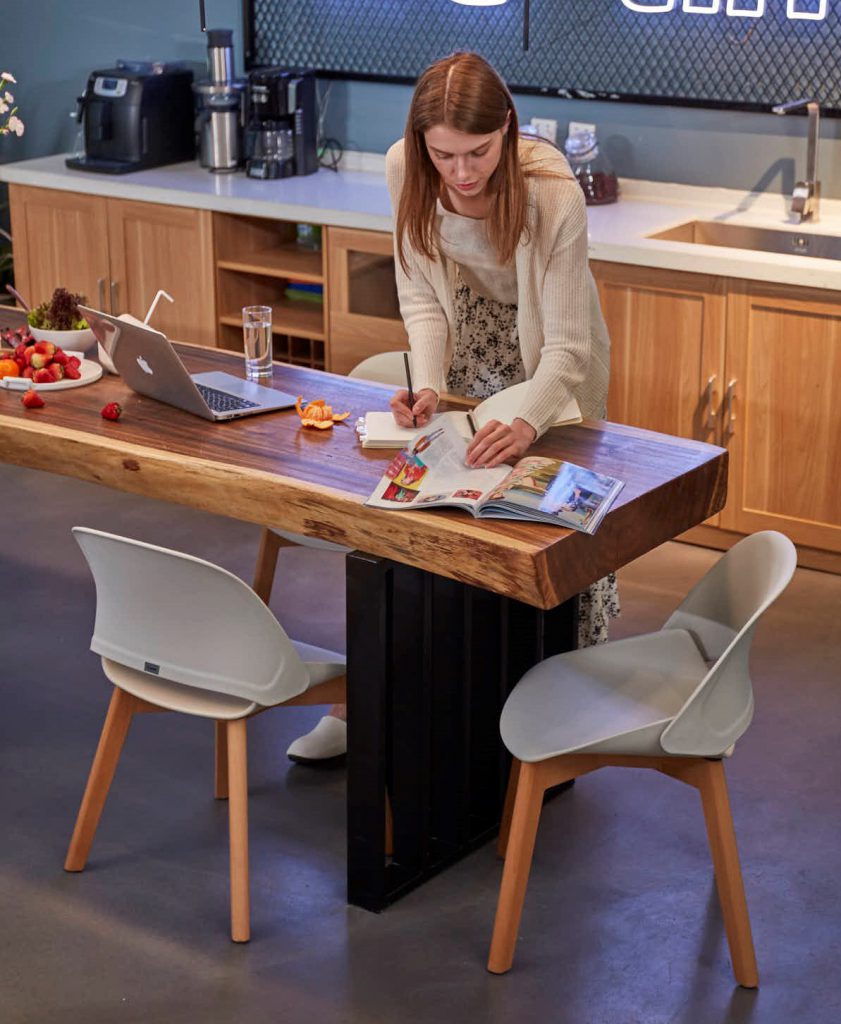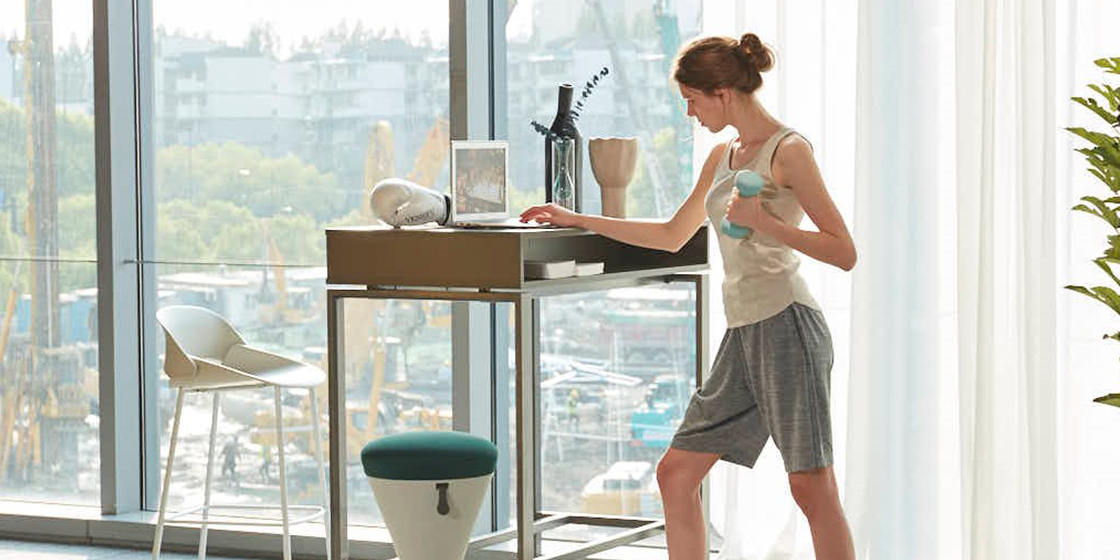
Millions around the globe have made a sudden transition to remote work amid the Covid-19 pandemic. Many employers are concerned about maintaining employee productivity, but what we really should be concerned about in this unprecedented situation is a longer-term risk: employee burnout.
A recent report by Blind, a US-based anonymous professional network with 3.2 million verified users, stated that 52.9 percent of respondents across organizations such as Google, Facebook, Amazon, Apple, LinkedIn, and Walmart were facing loneliness during WFH and in the age of social distancing. It also says that 73 percent of respondents were reporting burnout at the end of April, far above the 61 percent who felt burnout in mid-February.
“Alphabet Inc's Google said on May 8th, it has asked employees to take a day off on May 22, 2020, to address work-from-home-related burnout during the coronavirus pandemic.“

What is EPresenteeism?
Remote working is encouraging a culture of so-called EPresenteeism, according to a new survey, leading employees to feel overworked and overwhelmed. Research commissioned by LinkedIn, in partnership with the Mental Health Foundation, found that three quarters feel it has the potential to negatively impact employees' mental health by causing burnout and anxiety. LinkedIn also surveyed office workers and found 86 percent say they feel the need to prove to bosses they are working hard and deserve to keep their jobs.
Signs of Burnout
The only way to stop or reduce burnout is by knowing the signs of burnout. Here are some signs of burnout you may want to be on the lookout for:
Inability to concentrate
Anxiety and depression
Easily upset or angered
Recurring sickness
Difficulty sleeping
Feelings of alienation at work
Cynicism towards people and their job
Wide range of physical symptoms, such as indigestion, headaches, heart palpitations
Hopelessness

What can you do to prevent burnout while working from home?
In the coronavirus economy, where many people are losing their jobs, leaving others with extra burdens, and everyone is working remotely for the foreseeable future, burnout is increasingly likely. Some of the primary causes of burnout are workload and a lack of control. Coping with and preventing WFH burnout during the coronavirus pandemic requires different measures than in normal times.
Here are concrete actions you can take reduce the risk of burnout:
New Expectations
Working from home during a pandemic is a very different challenge than what you're used to, and needs to be treated as such. If you expect yourself to be able to do all the things you can normally do, you will likely feel overwhelmed and exhausted. Adjusting the definition of what it means to have a successful day can help you stay motivated during a time when many of us are feeling heightened stress and anxiety.
Read more about the challenges of working from home and how to tackle them.
New Routine
Come up with a practical system that works for your new circumstances, while taking into account both your work responsibilities and home obligations. Being flexible and redefining productivity expectations may be necessary to set yourself up for success in this 'new normal'.
Check out our blog for tips on working effectively at home.

Chair: Ducky
Eat the Frog
In the book “Eat That Frog: 21 Great Ways to Stop Procrastination”. Author Brian Tracy discusses the importance of psychological factors such as self-efficacy. The biggest take-away is the importance of tackling the biggest projects in your schedule (aka “eating the frogs”) first. This tactic is psychologically/scientifically proven to boost self-efficacy, the fundamental underlying factor driving your productivity.
The Pomodoro Technique
This technique was developed in the '90s by Francesco Cirillo and has proven effective in improving both attention span and concentration. You work for one “pomodoro” aka 25 minutes, then take a five-minute break. Every four pomodoros, take a slightly longer break (in the 15-30-minute range).
Your work settings matter
Your physical environment is scientifically proven to not only influence your well-being but to “directly influence” both your work performance and productivity. Therefore, you should sit by a window to receive a little sunshine that could boost your energy levels and enhance your mental health. Make the necessary changes to your home office, such as buying a new computer desk and chair.
Learn more about a perfect home workspace in our article.

Chair: Aveza, Samu. Table: Jason
Maintaining temporal boundaries
Creating clear temporal boundaries often depends on the ability to coordinate ones' time with others. This calls for leaders to aid employees in structuring, coordinating, and managing the pace of work. This might mean regularly holding virtual check-in virtual meetings with employees, or providing them with tools to create virtual coffee or workspaces. Through this disruption, keeping a sense of normality is key.
The stress of wanting to be the 'ideal worker'
This tendency has been exacerbated by the shift to remote work. We worry that people are going to think we are slacking off at home. There's even more pressure for workers to want to show just how productive and invaluable they are. Now is the time to set expectations with your boss. And it's the time for bosses to be overly flexible and understanding. That gives you an opportunity to detail what would work best for you with assurances that you will get your work done.
Missing social connections
Maintaining social interactions takes more effort when working from home. Be deliberate about reaching out, setting up the phone, or video meetings to help continue to foster your relationships. Feelings of detachment or not caring about our work can also be signs of burnout.
Check out our blog for tips on collaboration and communication.

Chair: U series
Have a transitional ritual
Create a practice that helps you change gears and transition from work to downtime. That could be:
· Taking a shower
· Changing your outfit
· Meditating for five minute
· Making a list of the top three things to be done the next day
· Zeroing your inbox
· Straightening up your workspace
Nutrition and sleep
Make sure you take advantage of the time to rest and get the right nutrients. Try developing a sleep schedule and sleep hygiene as this a great way to prioritize rest. Giving your body nutrients through whole foods will help energy production, sleep, focus, and lowering inflammation. Eating foods that are inflammatory and hard to digest (processed foods, sugar, alcohol) will only add to a body already under chronic stress.
Self-care is essential
Working on your new schedule and daily routine is not enough; make sure to include time to relax and recover. Make a list of little things that help you to feel healthy and balanced, then set reminders on your phone to make sure a couple of them happen every day. For example, dedicate time for exercise/yoga and meditation, which can go a long way towards preventing burnout.
Read more in our blog about mental well-being.

Chair: Ducky, Chessy. Table: Mall
Conclusion
Working from home could mean more freedom, and increased productivity. However, without a good plan in place, it could also lead to burnout and depression. If you're exhausted, you may feel like you're not good enough, productive enough, or falling behind. This is why you should adopt the tips mentioned above and create a perfect work-life balance. The objective is to keep your routine positive and reasonable while enjoying the benefits that working from home provide.
Check out our new range of 'Work-from-home' furniture collection and create a relaxing work environment at home.